低代码集成Java系列:高效构建自定义插件
前言
随着软件开发的快速发展和需求的不断增长,开发人员面临着更多的压力和挑战。传统的开发方法需要花费大量的时间和精力,而低代码开发平台的出现为开发人员提供了一种更加高效、快速的开发方式。今天小编就以构建命令插件为例,展示如何使用Java语言高效构建自定义插件。
环境准备
- 活字格插件构建工具-Java版(forguncyJavaPluginGenerator)
- 活字格设计器(v10.0版本及以上)
- IDE编译器(例如IntelliJ IDEA Community Edition)
- Java运行时环境(Java Runtime Environment)
- JDK8.0版本及以上
插件生成器
打开活字格插件构建工具-Java版链接(forguncyJavaPluginGenerator),下载【活字格Java扩展创建工具】。推荐使用压缩包版本创建。
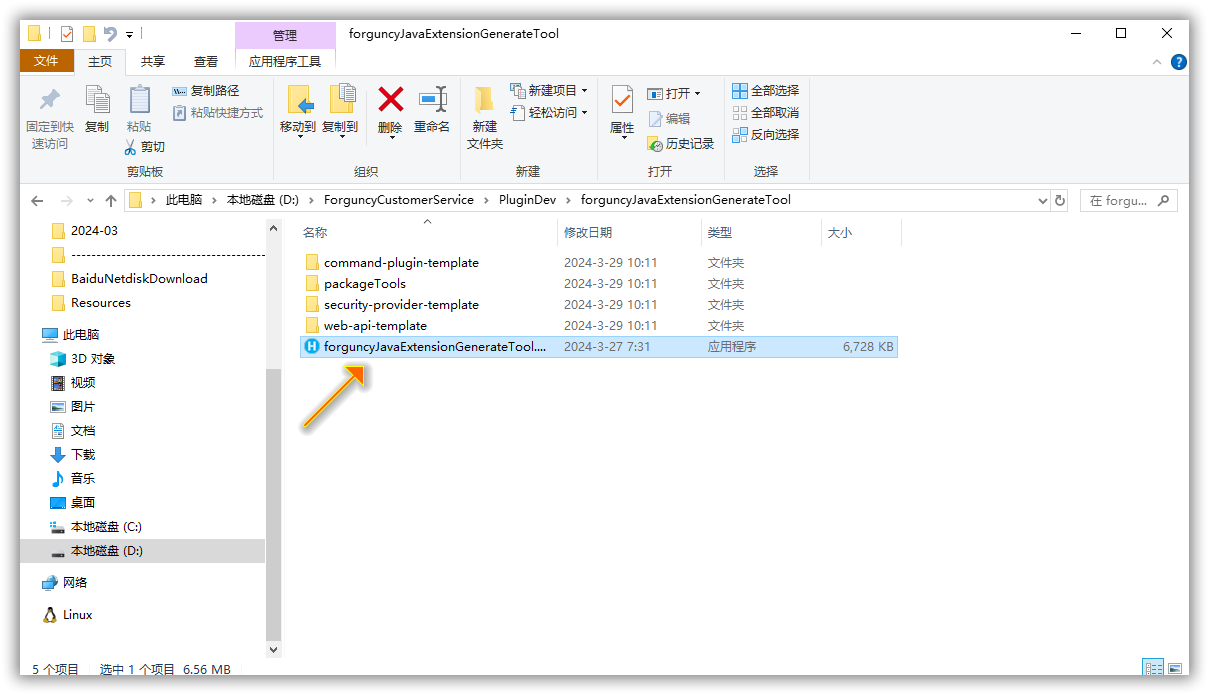
打开【forguncyJavaExtensionGenerateTool.exe】,在如下界面配置插件的基础信息:

点击创建服务端命令插件,创建完成后,在设置的对应目录下会生成工程文件:

接下来使用IDE编译器打开MyPlugin工程,打开后,工程目录如下图:

至此就完成了前期的准备工作,下面我们来进行代码逻辑的编写。
代码实现
添加依赖
在实现代码之前,我们先要增加一些活字格的相关依赖,如下图我们需要给pom文件中添加如下依赖:

插件的图标和Logo替换Icon.png和PluginLogo.png即可。
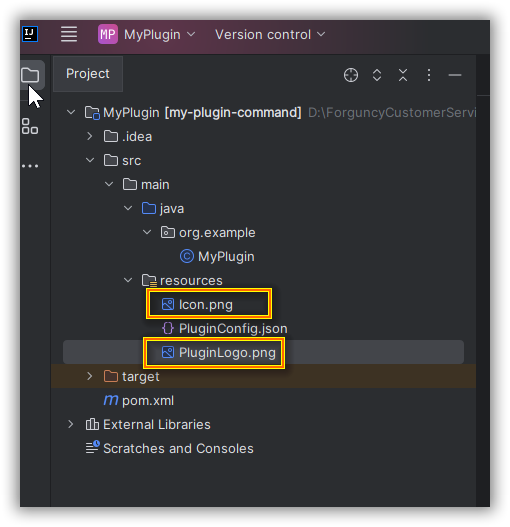
而【PluginConfig.json】用于对插件的信息做基本的配置:
{
"assembly": [], // 如需要加载其他类
"javascript": [], // 如需加载其他JavaScript文件
"css": [], // 如需加载其他css文件
"image": "resources/PluginLogo.png", // 需要加载图片的相对路径
"description": "这是一个活字格插件", // 插件的文本描述信息
"description_cn": "这是一个活字格插件", // 插件的中文文本描述信息
"name": "MyPlugin", // 插件名称
"name_cn": "我的插件", // 插件中午名称
"pluginType": "command", // 插件类型,当前为命令类型插件
"guid": "fefeb164-ab98-48c8-b309-b5410052e504", // 插件唯一标识GUID,建议勿修改
"version": "1.0.0.0", // 插件版本
"dependenceVersion": "10.0.0.0" // 插件支持依赖最低活字格版本
}
编写核心代码逻辑
在完成上述配置之后,就可以编写插件逻辑了。下面是插件的一段示例代码,主要是通过5个参数(AppSecret、请求ID、时间戳、数据和签名结果)生成一段随机数签名。
package org.example;
import com.grapecity.forguncy.LoggerContext;
import com.grapecity.forguncy.commands.ICommandExecutableInServerSide;
import com.grapecity.forguncy.commands.IServerCommandExecuteContext;
import com.grapecity.forguncy.commands.annotation.ResultToProperty;
import com.grapecity.forguncy.commands.annotation.common.Category;
import com.grapecity.forguncy.commands.entity.Command;
import com.grapecity.forguncy.commands.entity.ExecuteResult;
import com.grapecity.forguncy.commands.enumeration.CommandScope;
import com.grapecity.forguncy.plugincommon.common.annotation.*;
import lombok.Data;
import org.apache.commons.codec.binary.Base64;
import java.io.BufferedReader;
import java.io.IOException;
import java.io.UnsupportedEncodingException;
import java.security.MessageDigest;
import java.security.NoSuchAlgorithmException;
import javax.servlet.http.HttpServletRequest;
@Data
@Icon( uri= "resources/Icon.png")
@Category(category = "程杰合集")
public class MyPlugin extends Command implements ICommandExecutableInServerSide {
private static final char[] DIGITS = { '0', '1', '2', '3', '4', '5', '6', '7', '8', '9', 'a', 'b', 'c', 'd', 'e', 'f' };
@DisplayName(displayName = "AppSecret")
@FormulaProperty
@Required
private String appSecret;
@DisplayName(displayName = "请求ID")
@FormulaProperty
@Required
private String requestId;
@DisplayName(displayName = "时间戳")
@FormulaProperty
@Required
private String timestamp;
@DisplayName(displayName = "数据")
@FormulaProperty
@Required
private String data;
@ResultToProperty
@FormulaProperty
@DisplayName(displayName = "签名结果")
private String resultTo = "结果";
@Override
public ExecuteResult execute(IServerCommandExecuteContext dataContext) {
Long innerTimestamp = Long.parseLong(timestamp);
String res = null;
try {
res = sign(appSecret, requestId, innerTimestamp, data);
} catch (Exception e) {
throw new RuntimeException(e);
}
try {
dataContext.getParameters().put(resultTo, res);
} catch (Exception e) {
throw new RuntimeException(e);
}
ExecuteResult executeResult = new ExecuteResult();
executeResult.getReturnValues().put("结果", res);
return executeResult;
}
@Override
public boolean getDesignerPropertyVisible(String propertyName, CommandScope commandScope) {
return super.getDesignerPropertyVisible(propertyName, commandScope);
}
@Override
public String toString() {
return "签名程杰";
}
public static String sign(String appSecret, String requestId, Long timestamp, String data) throws Exception{
// 1.签名参数按自然升序排列,拼接上data
StringBuilder sb = new StringBuilder();
sb.append("appSecret=").append(appSecret).append("&")
.append("requestId=").append(requestId).append("&")
.append("timestamp=").append(timestamp)
.append(data);
// 2.对签名字符串base64编码后获取32位md5值
// 2.对签名字符串base64编码后获取32位md5值
String base64Encode = base64Encode(sb.toString().getBytes("UTF-8"));
String md5Value = md5(base64Encode);
// 3.将得到的MD5值进行sha1散列,转换为16进制字符串
String sign = sha1(md5Value);
return sign;
}
/**
* 对字符串进行MD5加密,得到32位MD5值
* @param text 明文
* @return 密文
*/
public static String md5(String text) {
try {
MessageDigest msgDigest = MessageDigest.getInstance("MD5");
msgDigest.update(text.getBytes("UTF-8"));
byte[] bytes = msgDigest.digest();
// 转成16进制
return new String(encodeHex(bytes));
} catch (NoSuchAlgorithmException e) {
throw new IllegalStateException("System doesn't support MD5 algorithm.");
} catch (UnsupportedEncodingException e) {
throw new IllegalStateException("System doesn't support your EncodingException.");
}
}
/***
* SHA加密
* @return
*/
public static String sha1(String content) throws Exception {
MessageDigest sha = MessageDigest.getInstance("SHA1");
byte[] byteArray = content.getBytes("UTF-8");
return new String(encodeHex(sha.digest(byteArray)));
}
/**
* base64编码
*
* @param content
* @return
* @throws Exception
*/
public static String base64Encode(byte[] content) throws Exception {
return Base64.encodeBase64String(content).replaceAll("(\\\r\\\n|\\\r|\\\n|\\\n\\\r)", "");
}
/**
* base64解码
*
* @param content
* @return
* @throws Exception
*/
public static byte[] base64Decode(String content) throws Exception {
return Base64.decodeBase64(content);
}
/**
* 转换成16进制
* @param data
* @return
*/
private static char[] encodeHex(byte[] data) {
int l = data.length;
char[] out = new char[l << 1];
// two characters form the hex value.
for (int i = 0, j = 0; i < l; i++) {
out[j++] = DIGITS[(0xF0 & data[i]) >>> 4];
out[j++] = DIGITS[0x0F & data[i]];
}
return out;
}
public static String getPostData(HttpServletRequest request) {
StringBuilder data = new StringBuilder();
String line;
BufferedReader reader;
try {
reader = request.getReader();
while (null != (line = reader.readLine())) {
data.append(line);
}
} catch (IOException e) {
return null;
}
return data.toString();
}
}
使用maven打包插件
代码写完后,将整个项目打包:在此处点击【clean】,然后点击【install】:

接着在【target】目录会出现打包产物:

紧接着把打包后的zip插件安装到活字格设计器使用。

新建命令,在命令选择中就可以找到刚才打包的插件。
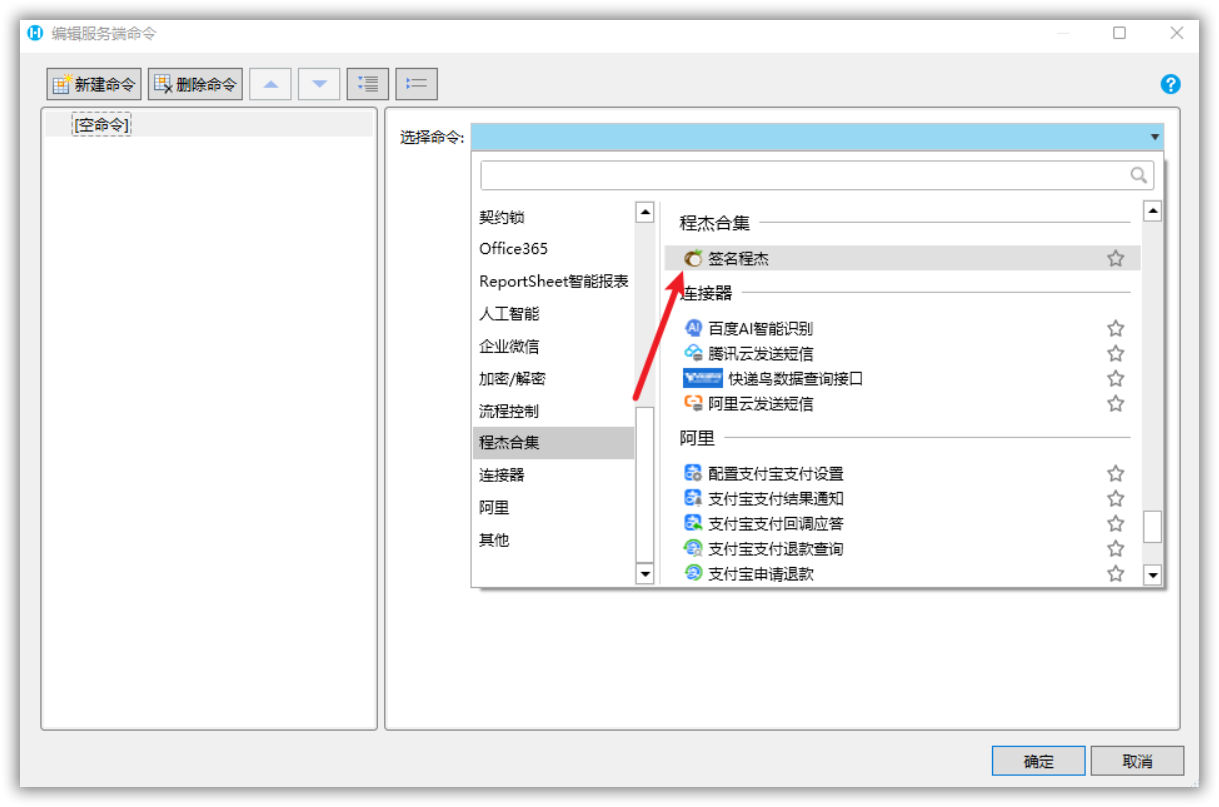
填写参数:

可以在服务端命令中进行测试:

可以看到,上图的测试结果中返回了一段随机数签名。这样,一个使用Java语言构建的插件就已经开发完成啦。
总结
以上就是如何使用Java如何在低代码平台中开发一个命令插件的全过程,如果您想了解更多的信息,欢迎点击这里查看。
扩展链接:
更多推荐
 已为社区贡献51条内容
已为社区贡献51条内容


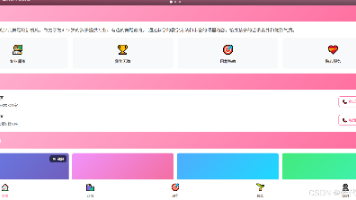
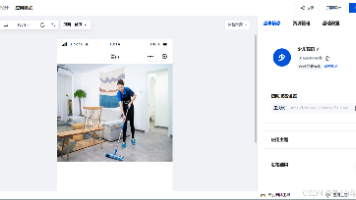
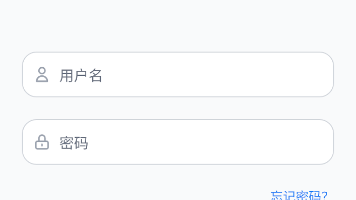





所有评论(0)